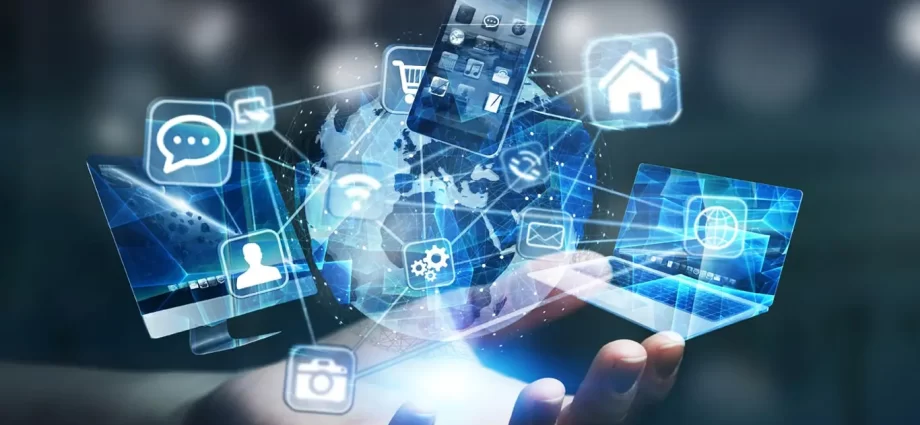Communication technology is the umbrella term for all methods of transmitting data between locations. This encompasses many different technologies such as mobile phones, computers, satellites and the internet.
Technology has revolutionized how people communicate with one another. Tasks such as sending a text message, watching an internet video or sharing photos with friends can now be done within seconds.
Mobile phones
Mobile phones are devices that use cellular networks to make and receive calls and text messages. They typically feature cameras, video capabilities, and other features as well.
As technology develops, so too do mobile phones – which are becoming ever more advanced with features like folding screens. Not only that, but their size and portability have also shrunk considerably over the years as well.
Some of these more advanced phones resemble tablets or smartphones, offering users a touchscreen display and keyboard. Conversely, some older models resemble traditional telephones with their rotary keypad.
Cell phones have become an integral part of everyday communication in today’s society. They’ve revolutionized how we connect with one another, as well as how individuals communicate with themselves.
Some experts contend that cellphones have detrimentally impacted our ability to communicate. They have diminished verbal expression of our emotions and hindered face-to-face communication by restricting nonverbal cues like facial expressions, body language and gestures – leading to decreased levels of socialization and wellbeing.
Computers
Computers are devices that take in data, process it and then generate outputs. Additionally, they store this processed information along with instructions for later use.
A computer’s core component is called the central processing unit (CPU), or processor. It performs arithmetic and logical operations on input data before comparing and selecting what information to retain.
It can do this continuously without getting fatigued, even when performing millions of calculations.
Another essential element of a computer is memory. This stores instructions for the machine and can be read by other components within it.
Computers also contain a control unit that receives instructions, decodes them, signals their execution and receives their output. This unit is responsible for overseeing all other components in a computer’s functioning.
Satellites
Satellites are robotic vehicles that orbit Earth, the moon or another planet in space. Each satellite carries its own set of instruments or technology to enable it to carry out its task.
Communications satellites transmit television, radio, telephone and broadband signals from Earth to many remote places on the globe. They also provide rural residents with access to education and medical assistance that would otherwise be inaccessible.
These devices feature an expansive antenna and a power source such as solar panel or battery. They’re employed for many different tasks, from collecting information about Earth’s land and water to sending pictures to NASA’s cameras.
They are also employed for searching and tracking aircraft at sea, where antennas must remain within line-of-sight with the receiver. This can be particularly challenging in tropical weather or heavy rain areas where signal strength could be affected due to obstructions or weather patterns.
Internet
The Internet is a global network of computers, servers, phones and smart appliances that are connected through the Transmission Control Protocol (TCP) standard. This enables rapid exchange of information and files as well as other types of services.
The network operates as a decentralized global computer system, with thousands of companies, universities and governments running their own networks and exchanging traffic through voluntary interconnection agreements. It adheres to an array of shared technical standards managed by the Internet Engineering Task Force which are accessible for anyone to attend meetings and suggest changes or new standards.
Connecting to the Internet requires either a computer or mobile phone with an Ethernet port. Once done, this device sends a request to a server located far away, which then provides requested information via optical fiber cable.

